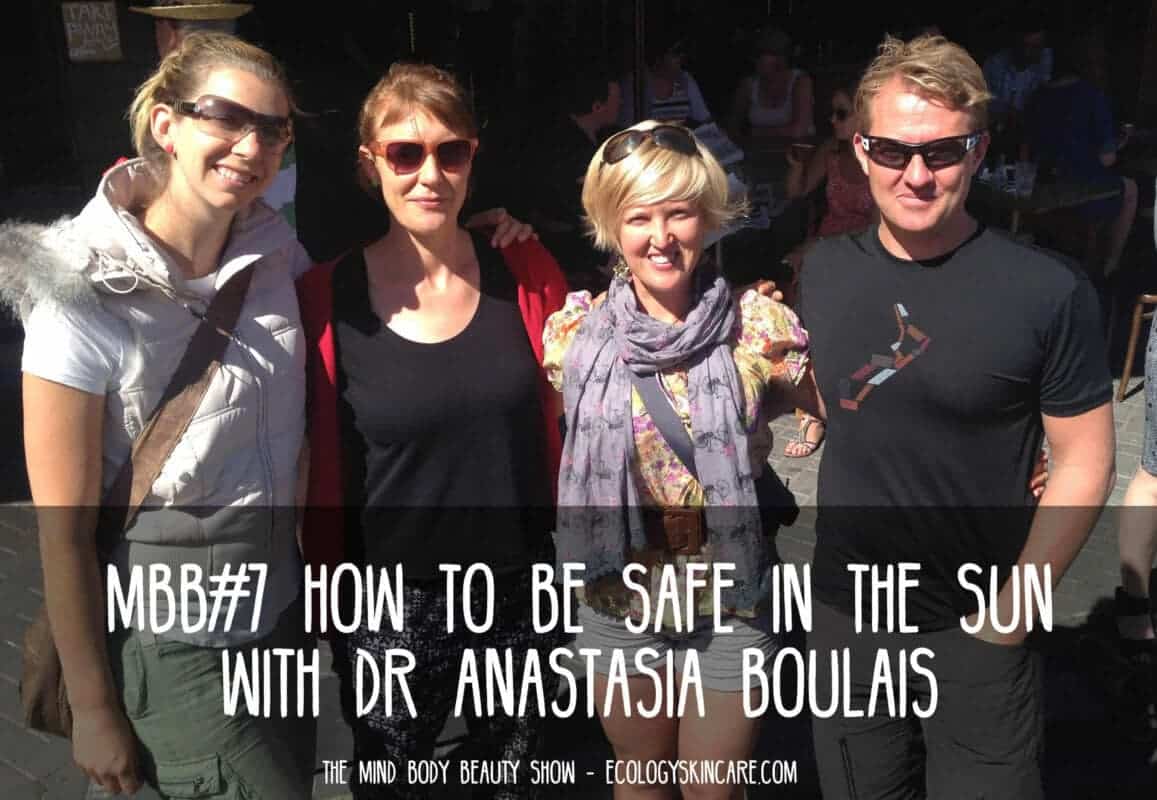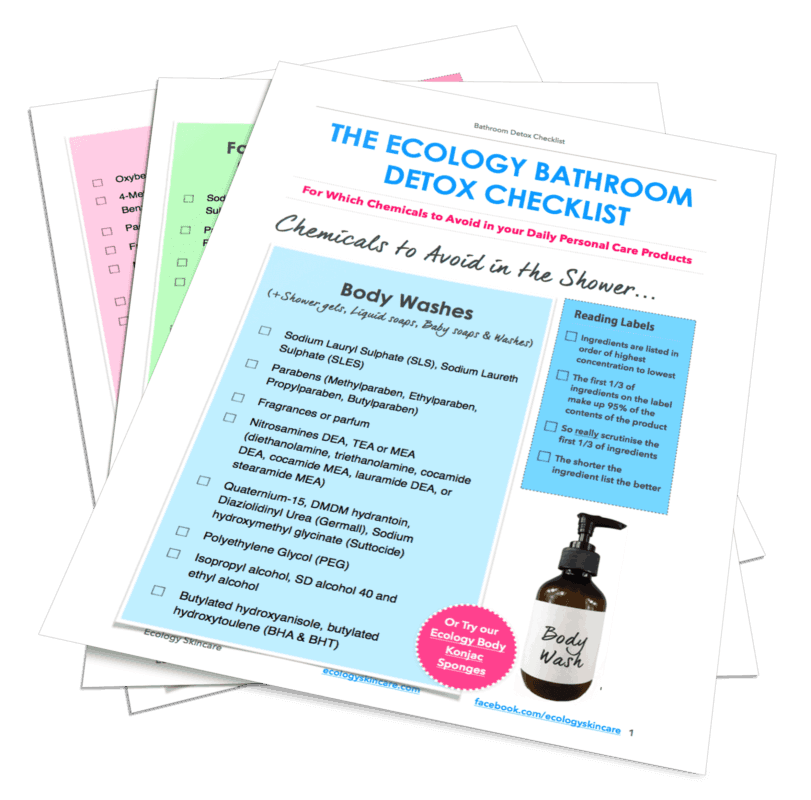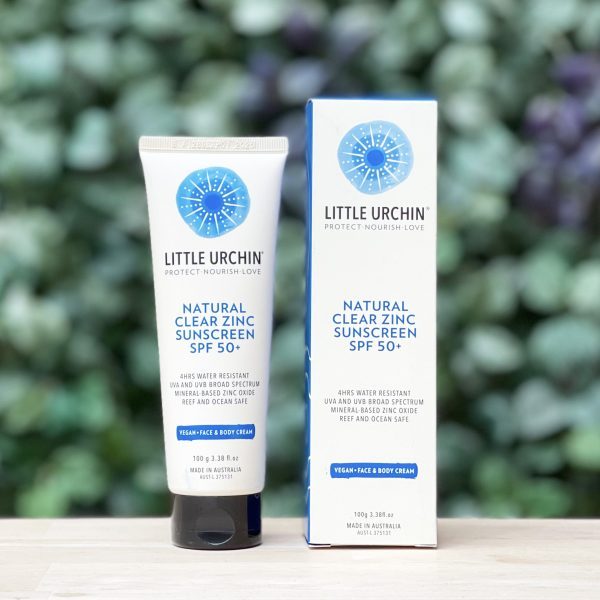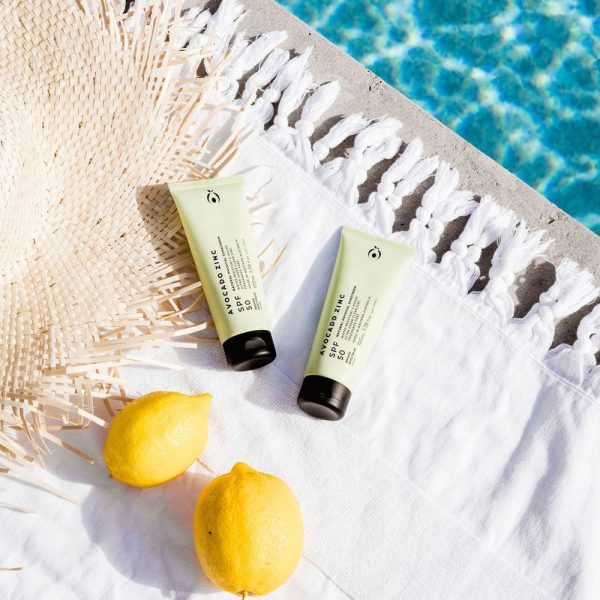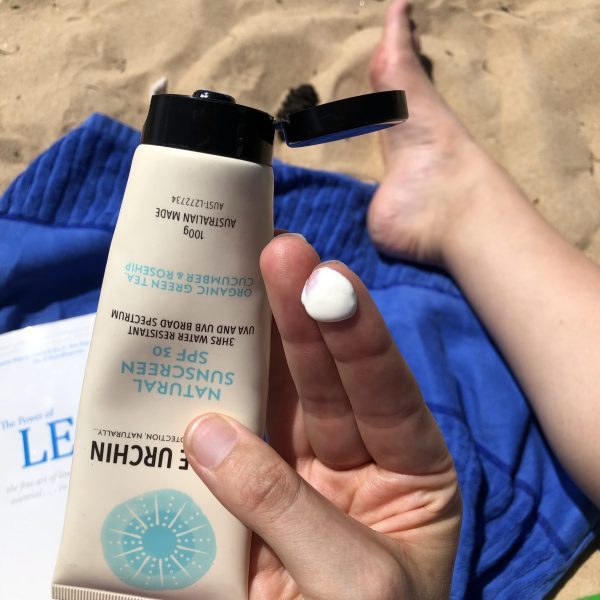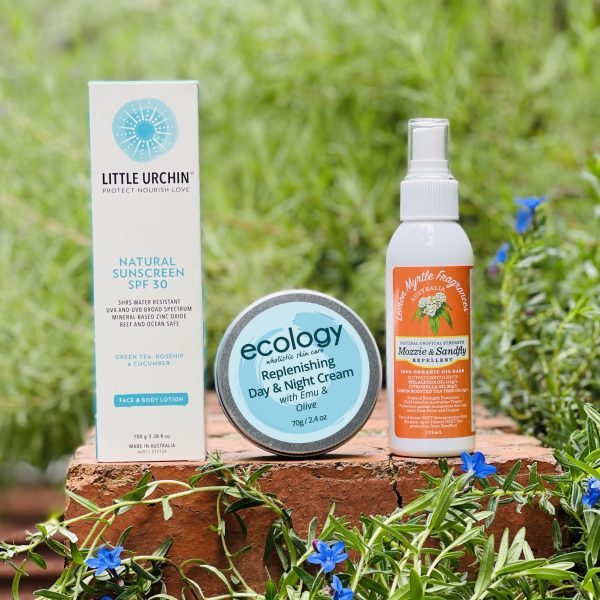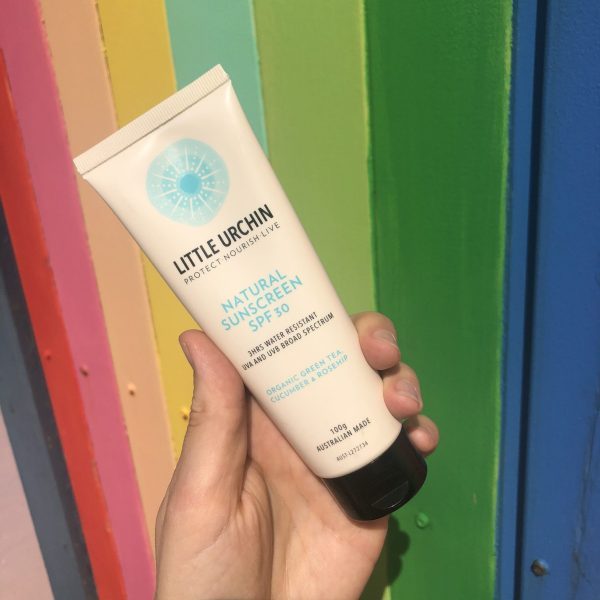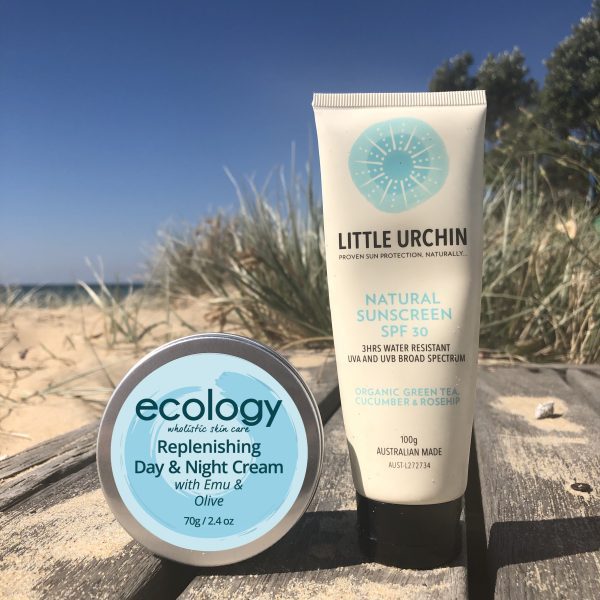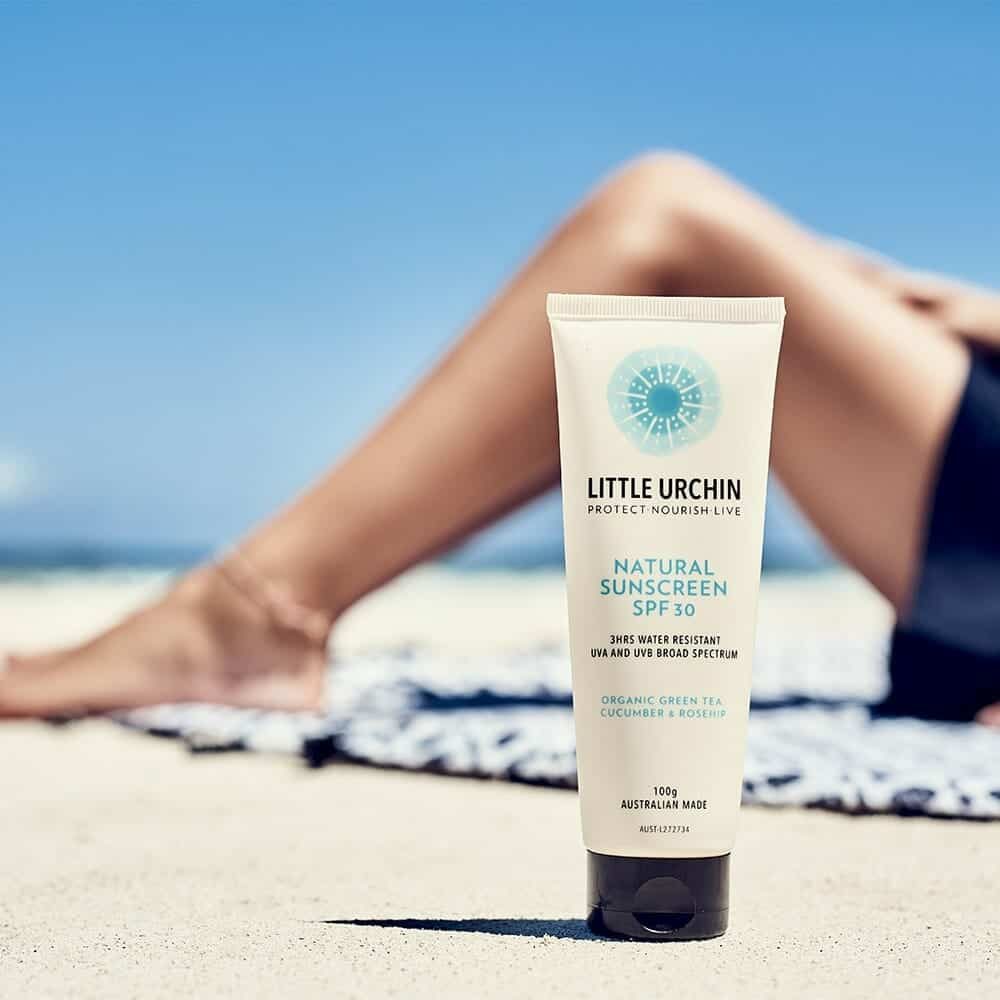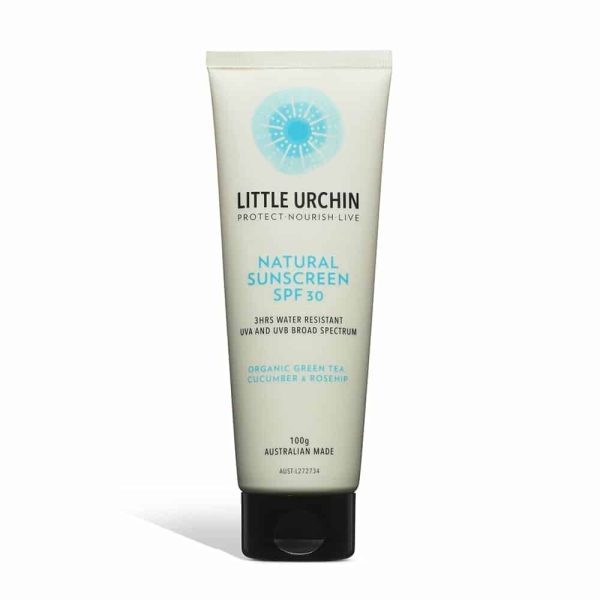Mind Body Beauty Show
MBB#7: How to be Safe in the Sun with Dr Anastasia Boulais
Podcast: Play in new window | Download | Embed
Subscribe: RSS
On this episode of Mind Body Beauty, we talk about the misconceptions around sun exposure and Vitamin D with sun worshipper Dr Anastasia Boulais from the Ancestral Health Society of NZ and Whole 9 South Pacific.
Anastasia is a Russian-born, Australian-trained medical doctor, now living in NZ and working in a busy acute care medical clinic.
She has a keen interest in evolutionary medicine and is a founding member of the AHSNZ with a commitment to education around an ancestral diet and lifestyle. Anastasia also loves to lift heavy things and get out and about exploring NZ on foot and on her mountain bike.
I’ve invited Anastasia on today to share her research and her thoughts around the misconceptions on sun exposure and vitamin D …because there’s a growing body of evidence that suggests that our overuse of sunscreen and our habits of staying out of the sun may be doing our health more harm than good.
We chat about:
- The misconceptions around sun exposure and skin cancer
- Risk factors and association vs causation
- The different types of skin cancer: Melanoma vs basal cell and squamous cell carcinomas
- Factors around the type of sun exposure, where, when
- Fear of the sun from TV ad campaigns
- Some sun exposure is protective
- Anastasia disagrees with the campaign message “There’s no such thing as a safe tan,” scientific research shows the opposite to be true
- The different types of sun exposure: chronic vs intermittent (on the weekends for example)
- Intermittent exposure has a role to play in melanoma in the context of the factors
- Slow, chronic, careful sun exposure is protective
- People that work outdoors have a lower incidence of melanoma vs people that work indoors
- The two main types of sunlight UVA (longer wavelength) and UVB (shorter wavelength)
- UVA is for aging, it penetrates deeper into skin, causes redness and a tan that doesn’t last very long. UVA oxidises melanin precursors in skin cells, essentially causing them to go “rusty” and this is how it produces a tan. Oxidation can also cause DNA damage.
- UVB is for burning, it does not penetrate skin as much, it burns faster but builds a longer lasting tan. UVB acts on skin cells to make them produce more melanin by changing DNA structure, potentially one of the drivers for cancer
- Which is more responsible for skin cancer? UVA or UVB
- SPF is a measure of how much UVB it blocks, concern used to be all about UVB exposure
- Research suggests that the majority of damage to cells is really caused by UVA exposure
- What behaviours expose us more to damaging UVA wavelengths of sunlight?
- Going out in the sun in the afternoon rather than midday, using sunbeds, using SPF sunscreens, getting sun exposure through glass windows
- These behaviours skew the ratio of our exposure towards unsafe UVA exposure
- Which ingredients in sunscreen block both UVA and UVB?
- Incidence of melanoma and location in men and women
- UVB is the wavelength that promotes Vitamin D production in skin
- Does Vitamin D supplementation reduce risk of skin cancer?
- Unintended consequences of Vitamin D supplementation
- What are the functions and benefits of Vitamin D in the body?
- Nervous system, immunity, autoimmune disease (multiple sclerosis) and metabolic health – diabetes
- Diet and lifestyle factors that influence our protection from skin cancer and how our bodies utilise Vitamin D
- Need to have enough cholesterol in the system, it’s a precursor to Vitamin D synthesis in the skin
- Antioxidants from fruit and veggies, Vitamin C and Vitamin B3 (nicotinamide) from meat, fish and yeast can improve skin protection from sun exposure
- Sleep also helps to protect skin from sun exposure by increasing melatonin, our main anti-aging antioxidant
- Seasonal changes in Vitamin D production and sun exposure
- AHSNZ Symposium
Links:
- Ancestral Health Society of NZ
- Primal Meded
- Jamie & Anastasia’s Re-Evolutionary Blog
Want to find out which Chemicals to Avoid in your Sunscreen? …As well as some more Natural Alternatives?
Zinc Sunscreens
50mL - A silky and luxurious formulation to replace foundation SPF 50 with broad spectrum protection in 3 shades from light to medium-dark Natural sunscreen with 22.75% non-nano zinc oxide Suitable for sensitive skin
This product has multiple variants. The options may be chosen on the product pageZinc Sunscreens
A smooth, clear non-greasy formulation 50+ SPF with UVA and UVB broad spectrum protection Made with natural and botanical ingredients Safe for babies (6 months & older) and suitable for sensitive skin Preservative free and fragrance free
Zinc Sunscreens
100mL - A light non-greasy formulation that goes on sheer and rubs in clear SPF 50 with UVA and UVB broad spectrum protection Natural sunscreen with 22.75% non-nano zinc oxide Suitable for sensitive skin, face, neck and shoulders Fragrance free
Summer Essentials Kits
15% off Summer Essentials Kits
a 70g Ecology Moisturiser of your choice
a Natural Sunscreen of your choice
a Natural Insect Repellent of your choice
Plus the option to add:
a 9g Ecology Moisturiser of your choice,
a travel bag to contain all your summer essentials
Summer Essentials Kits
15% off Summer Essentials Kits
a 70g Ecology Moisturiser of your choice
a Natural Sunscreen of your choice
Plus the option to add:
a travel bag
Zinc Sunscreens
A smooth, clear non-greasy formulation 30 SPF with UVA and UVB broad spectrum protection Natural and made with organic ingredients Safe for babies (6 months & older) and suitable for sensitive skin Preservative free and fragrance free

